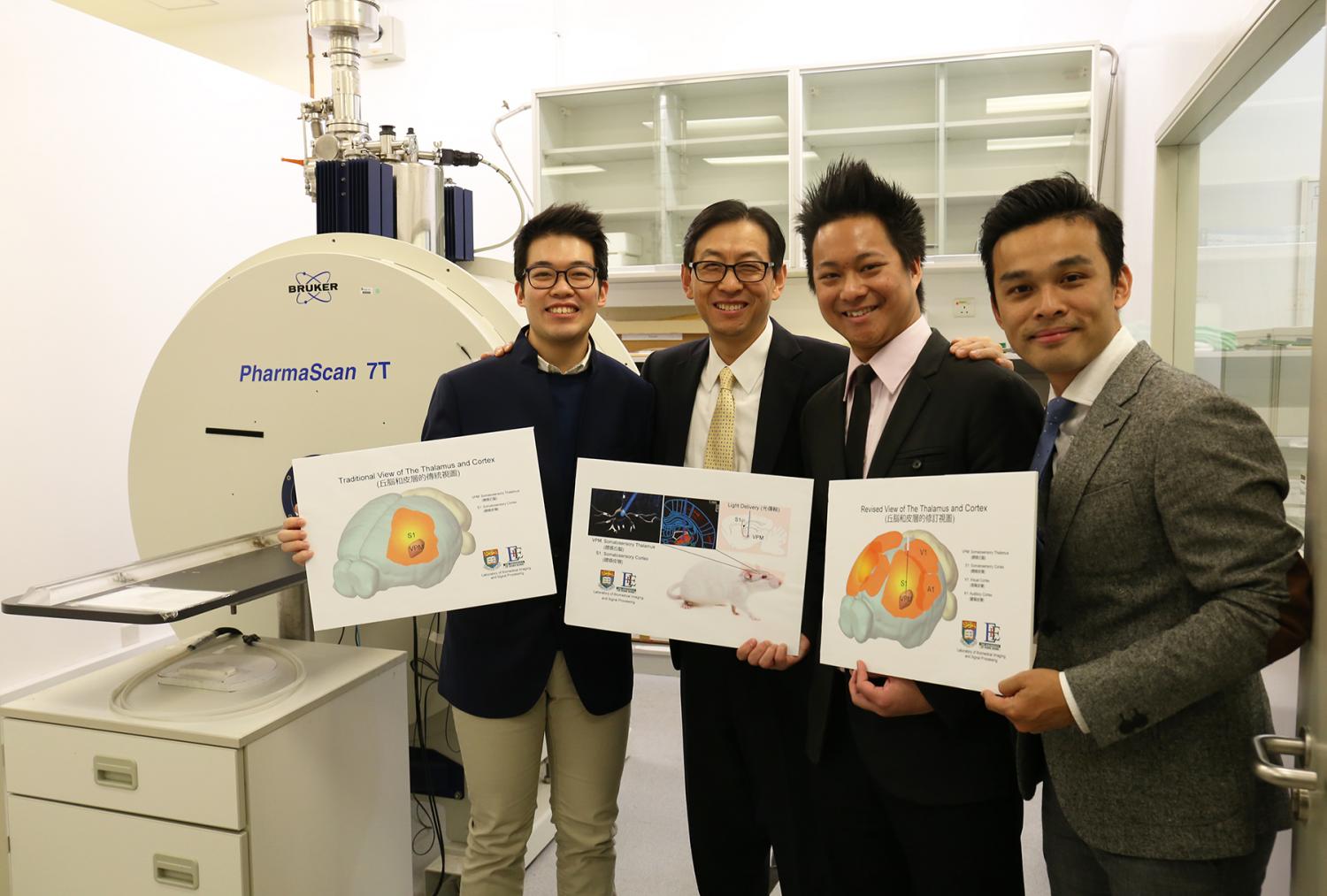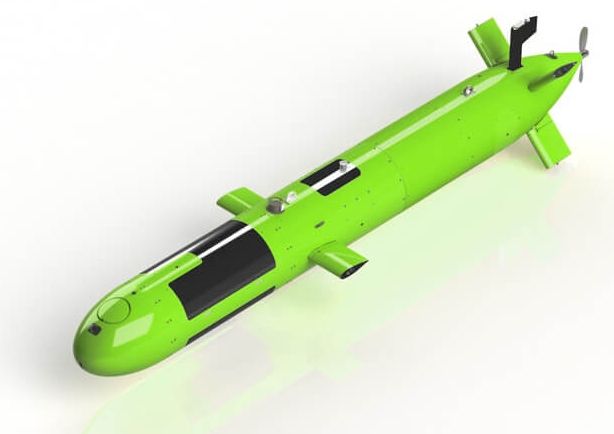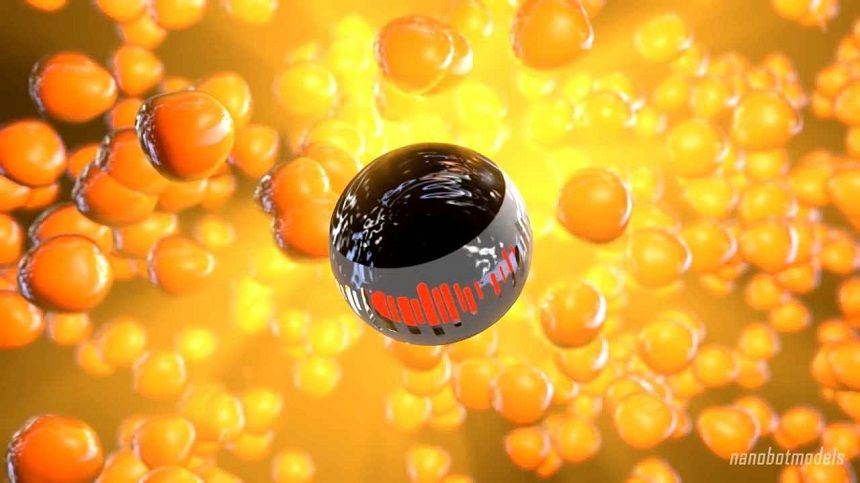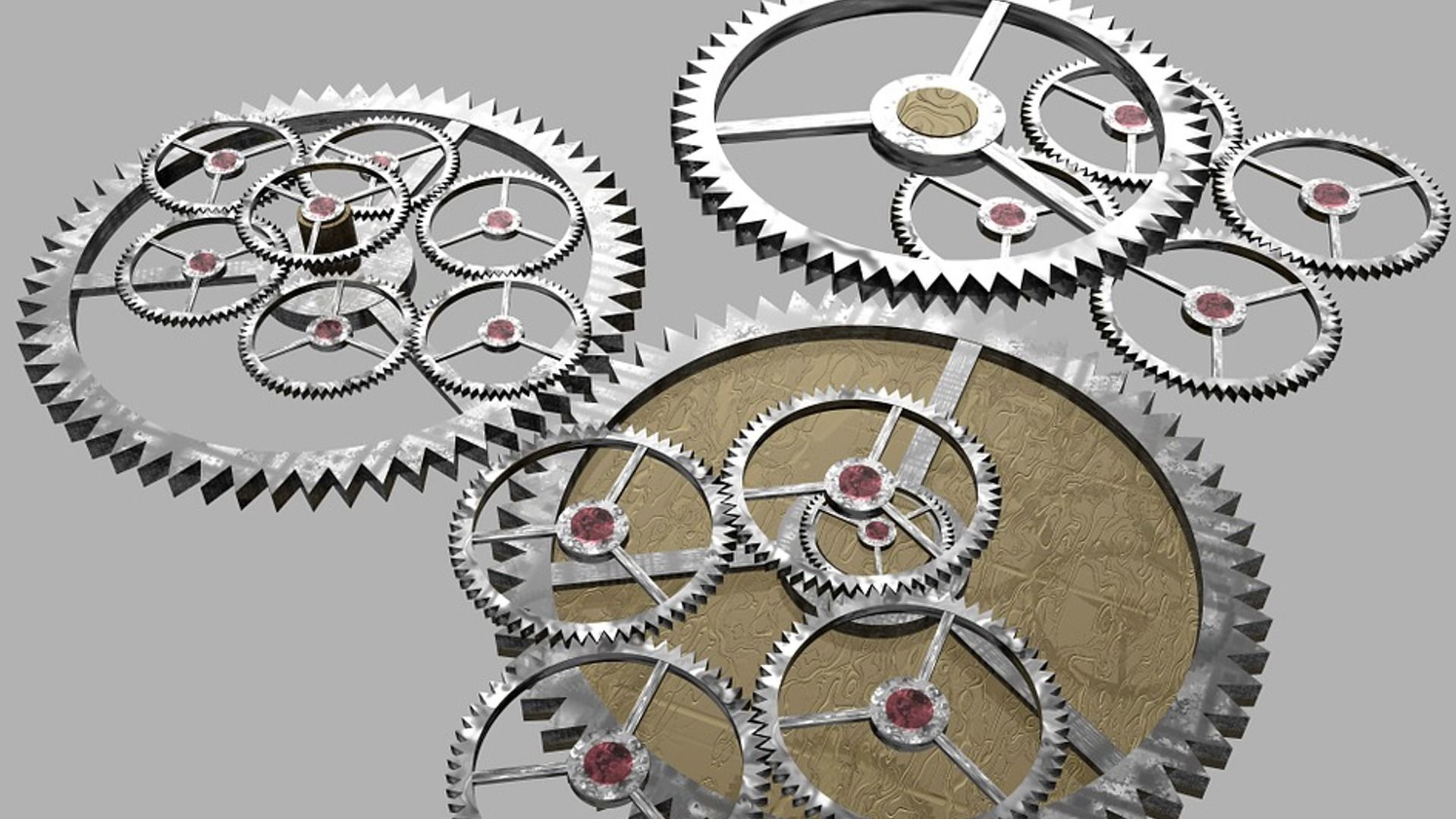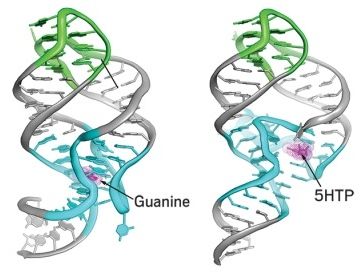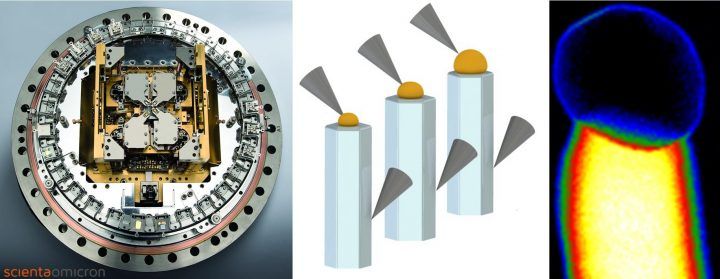Feb 6, 2017
Supercomputers for Quantum Computers
Posted by Karen Hurst in categories: encryption, engineering, quantum physics, supercomputing
NICE.
The Science
Newswise — Quantum computers — a possible future technology that would revolutionize computing by harnessing the bizarre properties of quantum bits, or qubits. Qubits are the quantum analogue to the classical computer bits “0” and “1.” Engineering materials that can function as qubits is technically challenging. Using supercomputers, scientists from the University of Chicago and Argonne National Laboratory predicted possible new qubits built out of strained aluminum nitride. Moreover, the scientists showed that certain newly developed qubits in silicon carbide have unusually long lifetimes.


